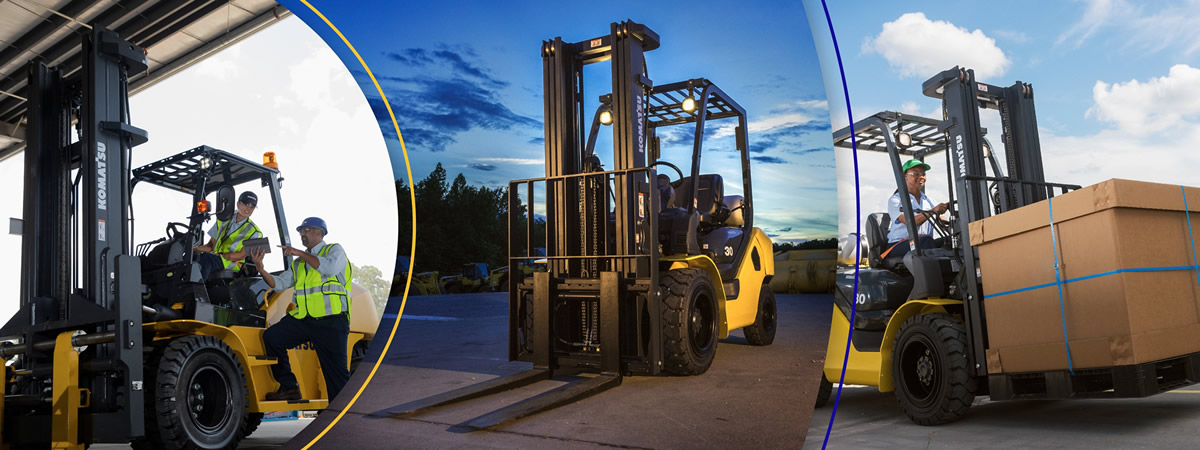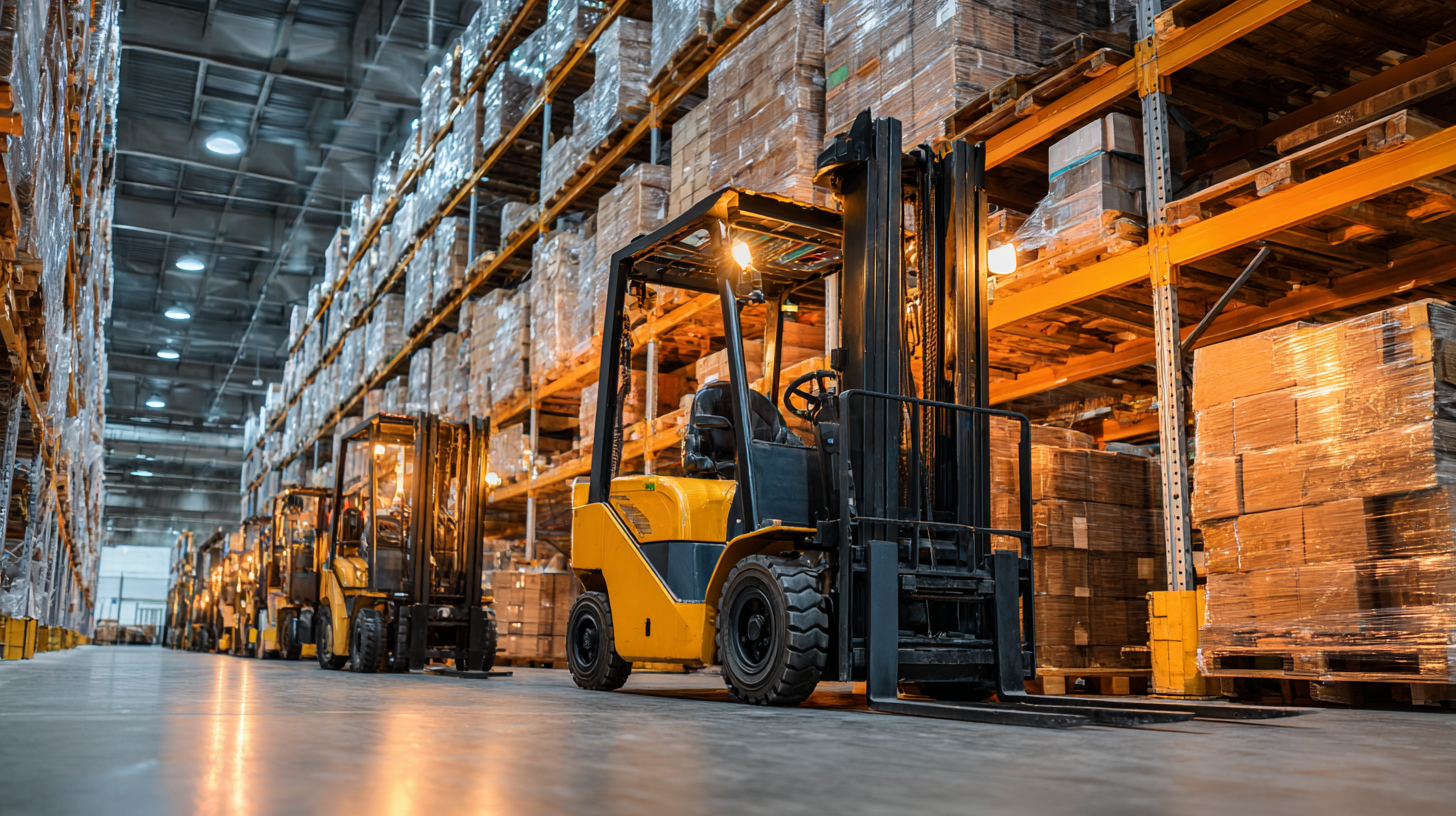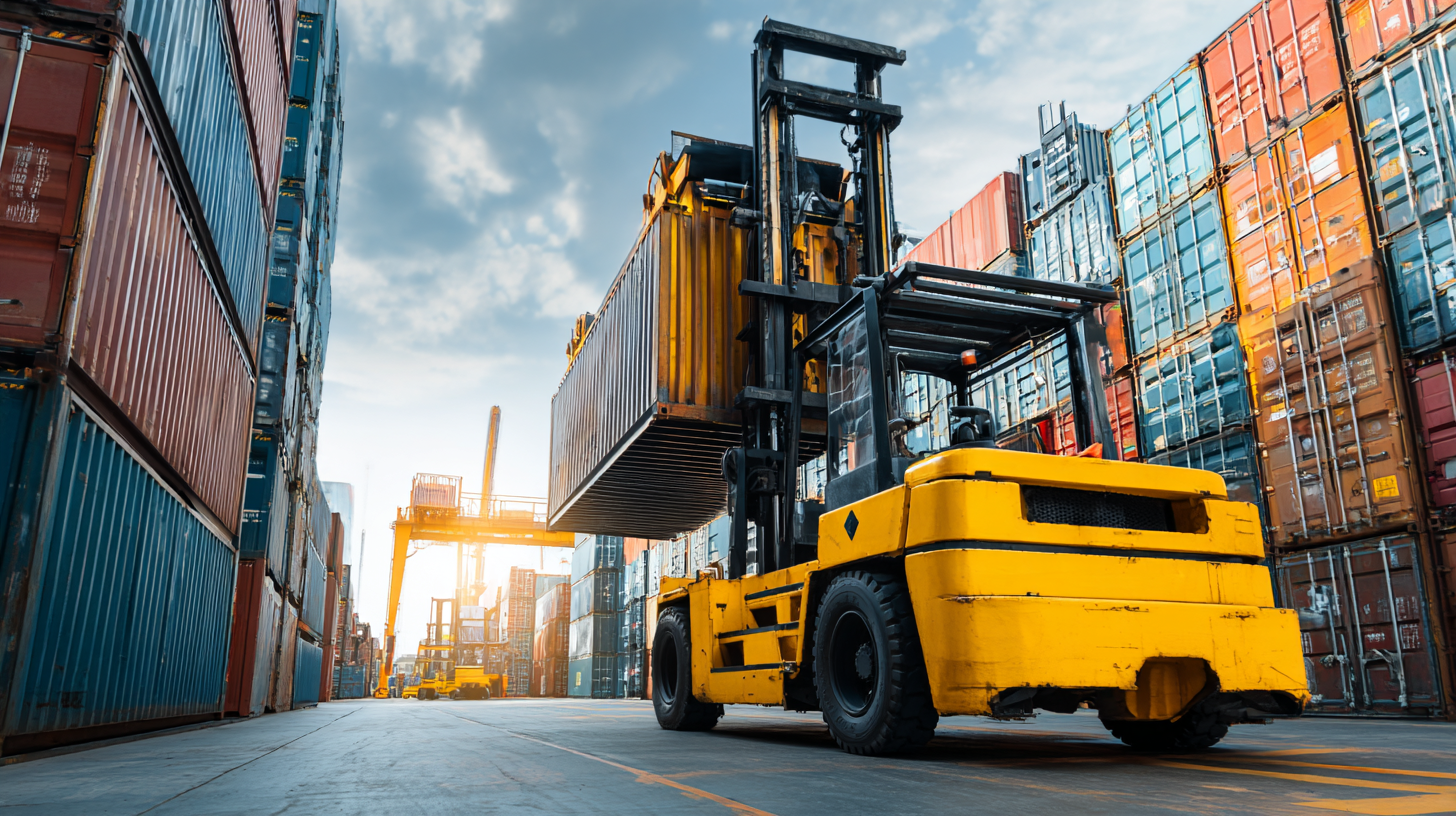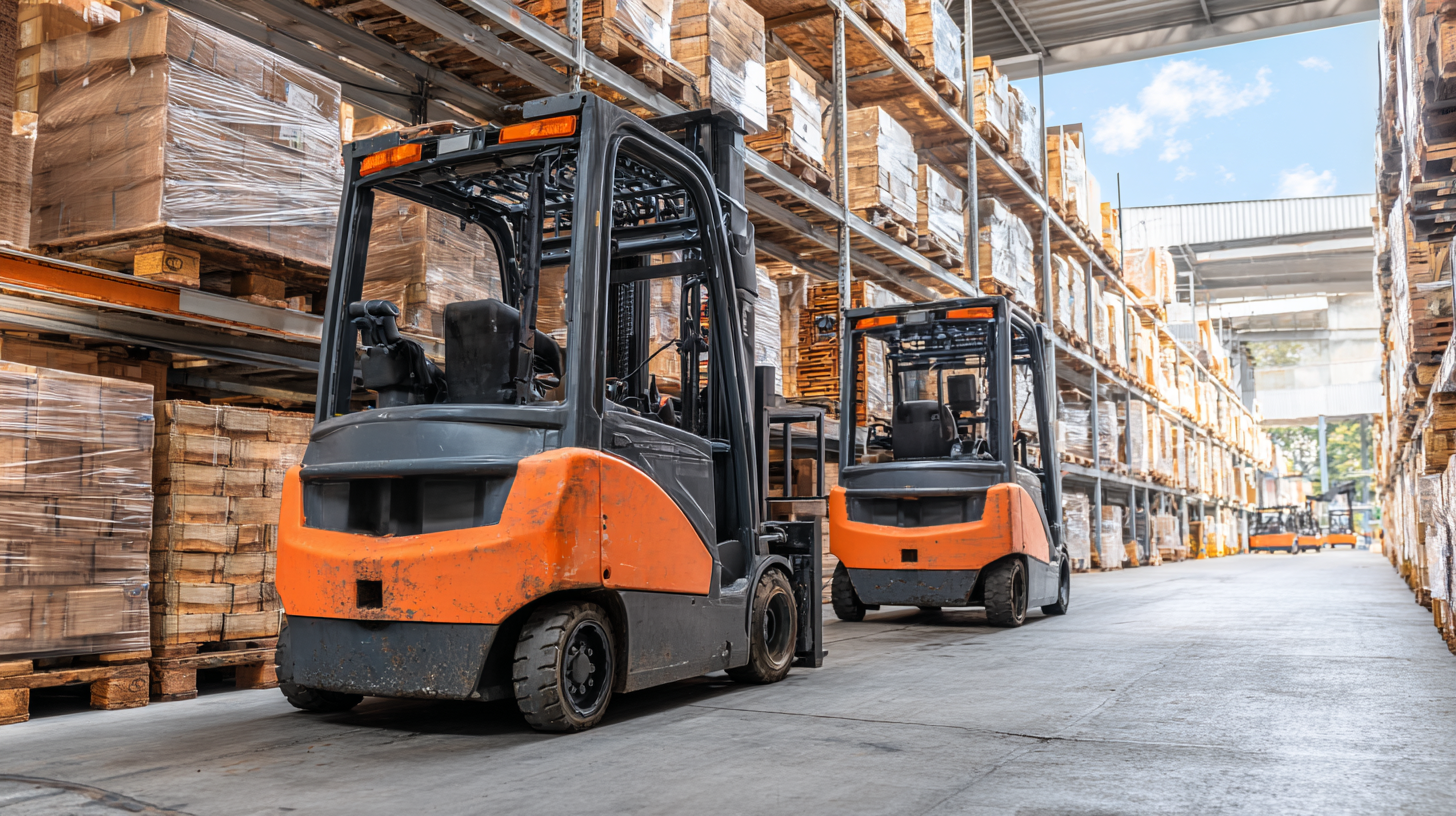
As we venture into the future of warehouse operations, one cannot overlook the pivotal role of innovative tools like the Forklift Jack in transforming logistics and material handling. With the warehousing sector continually evolving to accommodate the demands of a global economy, understanding the current trends and projections for Forklift Jacks becomes essential for businesses aiming to enhance efficiency and productivity. This blog explores the latest insights into the Forklift Jack market, shedding light on emerging technologies, user preferences, and global market dynamics that are expected to shape the landscape by 2025. By examining these trends, we aim to equip decision-makers with the knowledge needed to navigate the complexities of warehouse operations in an increasingly competitive environment. Join us as we delve into the future of Forklift Jacks and their impact on the effectiveness of warehouse practices worldwide.

In the rapidly evolving landscape of warehouse operations, emerging technologies are set to revolutionize forklift design and efficiency by 2025. One notable trend is the integration of automation and robotics. Autonomous forklifts that can navigate complex environments without human intervention are becoming more prevalent. These innovations not only increase safety by reducing human error but also enhance operational efficiency, allowing warehouses to maximize throughput while minimizing labor costs.
Adopting advanced telematics and IoT technology will also transform the capabilities of forklift operations. Real-time data collection allows for better fleet management and predictive maintenance, ensuring that equipment is always in optimal working condition. Warehouse managers can leverage this data to improve workflows, reduce downtime, and predict future needs based on usage patterns.
**Tips for Implementing Emerging Technologies:**
1. Start small by piloting one or two autonomous forklifts to evaluate their effectiveness before full implementation.
2. Invest in proper training for employees to ensure they are well-versed in new technologies and can adapt to changes seamlessly.
3. Utilize data analytics tools to track fleet performance and identify areas for improvement to enhance overall efficiency.
| Trend | Description | Projected Growth (%) | Key Technologies | Implementation Year |
|---|---|---|---|---|
| Electric Forklifts | Increased adoption due to lower emissions and operational costs. | 15% | Lithium-ion batteries, regenerative braking | 2023 |
| Automated Forklifts | Integration of AI and robotics for enhanced efficiency. | 25% | Machine learning, sensor technology | 2024 |
| Smart Forklifts | Connected devices for real-time data and analytics. | 20% | IoT connectivity, telemetry systems | 2025 |
| Forklift Telematics | Remote monitoring for safety and maintenance. | 18% | Data analytics, cloud computing | 2023 |
| Sustainability Innovations | Focus on eco-friendly materials and designs. | 22% | Recycled materials, sustainable practices | 2025 |
The global forklift truck market is on an impressive growth trajectory, with projections indicating an increase from USD 86.57 billion in 2025 to USD 180.47 billion by 2032. This remarkable expansion, representing a Compound Annual Growth Rate (CAGR) of 11.1%, highlights the increased demand for efficient material handling solutions across various industries. Key regions around the world are expected to lead this upward trend, driven by the rise in e-commerce, manufacturing activities, and the need for optimized warehouse operations.

As companies continue to prioritize automation and productivity enhancements in their logistics practices, forklift sales are expected to surge. The adoption of advanced technologies such as electric and automated forklifts will contribute significantly to this growth, enabling businesses to improve operational efficiency while minimizing environmental impact. Regions with rapidly growing industrial sectors will likely experience the most significant upticks in sales, underscoring the importance of these machines in modern supply chain management.
The shift toward electric forklifts signifies a pivotal transformation in warehouse operations, driven by the need for environmental sustainability. According to a report by MarketsandMarkets, the global electric forklift market is projected to reach USD 32.5 billion by 2025, growing at a compound annual growth rate (CAGR) of 8.2% from 2020. This trend is primarily fueled by increased regulation on emissions and the rising demand for eco-friendly solutions within the logistics sector.
Electric forklifts offer numerous advantages over their traditional internal combustion counterparts. They not only minimize carbon footprints but also reduce noise pollution—a key consideration in urban warehouse settings. As highlighted in a study by the International Energy Agency, moving towards electric-powered equipment could potentially cut warehouse operational costs by up to 20% through reduced fuel and maintenance expenses. Additionally, companies are recognizing the long-term benefits of investing in electric forklift technology, especially as battery efficiency and charging infrastructure continue to improve.
This dual focus on sustainability and operational efficiency is reshaping the future of warehouse logistics, positioning electric forklifts at the forefront of industry advancements.
As warehouse operations evolve, safety remains a paramount concern. Innovations in forklift jack design are integral to reducing workplace accidents, ensuring that both employees and equipment are protected. Current trends illustrate advancements such as enhanced stability features that minimize tipping risks, and ergonomic designs that reduce strain on operators. These technological improvements not only boost efficiency but also significantly enhance safety protocols within warehouses.
Additionally, more companies are adopting automated systems that incorporate smart sensors to monitor load distribution and environmental conditions. Such systems can alert operators to potential hazards in real time, allowing for prompt action and minimizing the risk of accidents. Furthermore, regular training programs are increasingly focused on best practices for using advanced forklift jacks, emphasizing both operational skills and safety awareness. This dual approach, combining innovative technology with comprehensive training, is driving a proactive shift in workplace safety culture in logistics and warehousing sectors.
This chart illustrates the projected market share of various forklift jack trends by 2025, highlighting the growing importance of electric and automated solutions as part of safety enhancements in warehouse operations.
The landscape of warehouse operations is undergoing a significant transformation with the rise of automated forklift systems. As businesses strive for greater efficiency and reduced operational costs, the adoption of Automated Guided Vehicles (AGVs) is becoming increasingly prevalent. By 2024, the global market for automated forklifts is projected to reach $640 million, with expectations to grow to $750 million by 2025 and further soar to $1.52 billion by 2032. This surge reflects the growing necessity for advanced logistics solutions that enable enterprises to streamline their operations.
In addition to enhancing efficiency, automated forklift systems also play a crucial role in promoting sustainable practices within the logistics industry. As the "dual carbon" strategy gains momentum, the logistics sector is under pressure to reduce its carbon footprint. Automated forklifts can help companies achieve greener operations by optimizing energy consumption and decreasing emissions. Innovations such as efficient wireless charging solutions for AGVs are paving the way for more environmentally friendly equipment, allowing businesses to align their operational strategies with sustainability goals while improving productivity.

Content © 2025 Komatsu. All Rights Reserved
